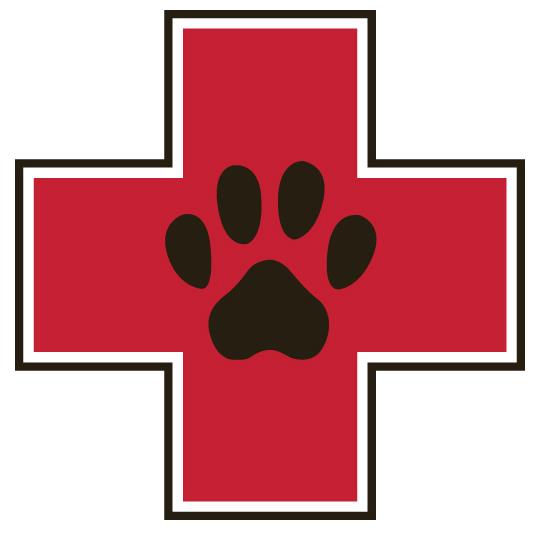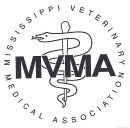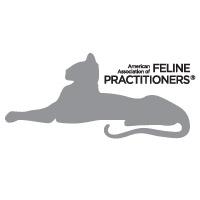Library
-
Cystine bladder stones appear to be the result of a genetic abnormality that prevents a dog from reabsorbing cystine from the kidneys. While bladder stones in general are somewhat common in dogs, cystine bladder stones are rare. Your veterinarian may be able to palpate the stones or may need to perform imaging studies such as a bladder ultrasound or a contrast radiographic study. There are two primary treatment strategies for treating cystine bladder stones in dogs: dietary therapy to dissolve the stones, or physical removal of the stones. Cystine stones have a high rate of recurrence, despite careful attention to diet and lifestyle.
-
In cats, diseases of the lower urinary tract (bladder and urethra) are often grouped under the term feline lower urinary tract disease (FLUTD). Typical signs in cats with FLUTD are those of inflammation and irritation of the lower urinary tract. There are many potential causes of FLUTD, and diagnosis is based on assessing clinical signs and laboratory testing. There is no universal treatment for FLUTD. Each case has to be investigated to determine the underlying cause, and then the treatment has to be tailored to the individual cat.
-
Cystitis means inflammation of the bladder. The most common cause of cystitis in dogs is bacterial infection. Other common causes include bladder stones, tumors or polyps in the bladder, and abnormal anatomy. The most common clinical sign is blood in the urine (hematuria). The first group of tests performed includes urinalysis, urine culture, and bladder palpation. Further diagnostics may include bladder radiographs, ultrasound, and contrast X-rays. Blood tests to look for systemic problems are also sometimes required. Treatment is based on the cause.
-
Cysts are hollow spaces within tissues that contain either a liquid or a solidified material. Some breeds have a tendency to develop certain types of cysts. Accurate diagnosis relies upon microscopic examination of a piece of tissue. The most common treatment for cysts is surgical removal. It is important to prevent your pet from rubbing, scratching, or otherwise bothering the cysts or the surgical site.
-
This handout describes and illustrates this condition, and discusses the causes, clinical signs, diagnosis, and treatment options for degenerative disc disease in dogs. Surgical intervention is specifically outlined and rule-outs for other conditions causing similar signs are also discussed.
-
Degenerative joint disease is arthritis caused by deterioration and degeneration of tissues lining joints. It is an under-recognized condition in cats. Treatment involves modification of the home environment, regular gentle exercise, anti-inflammatory drugs and other medications, omega fatty acids, chondroprotectants, and possibly other nutraceuticals. Maintaining your cat’s weight can help prevent degenerative joint disease.
-
Degenerative joint disease is arthritis caused by deterioration and degeneration of tissues lining joints. Treatment includes regular gentle exercise, anti-inflammatory drugs and other medications, omega fatty acids, chondroprotectants, and possibly other nutraceuticals. Emerging therapies include rehabilitation therapy, acupuncture, and stem cell or platelet rich plasma therapies. Maintaining your dog’s weight can help prevent degenerative joint disease.
-
Degenerative myelopathy (DM), a disease affecting the spinal cord, results in slowly progressive hind limb weakness and paralysis. It is considered a disease of middle-aged to older dogs, including German shepherds, German shepherd crosses, Siberian huskies, and collies. It will be suspected based on breed, medical history, physical examination, and diagnostic tests. Unfortunately, there is no effective treatment, and it is a progressive, incurable disease.
-
Demodectic mange is caused by a parasitic mite that lives in the hair follicles of dogs. As long as the body's immune system is functioning properly, these mites cause no harm. Demodectic mange most often occurs when a dog has an immature or weakened immune system, allowing the number of skin mites to increase rapidly. Topical, oral, and injectable medications are available to treat demodectic mange.
-
Rabbits have incisors plus molars in the back of the mouth for grinding and chewing. Rabbits also have two small, tube-shaped incisors (peg teeth) behind the large upper incisors. Since the teeth continuously grow, the upper teeth must meet the lower teeth to allow for proper wearing of tooth surfaces, preventing overgrowth. All teeth must meet and wear at the same rate as they are growing, or improper tooth wear and overgrowth of the incisors and/or molars can occur. Overgrown teeth can cause many problems and lead to pain and infection. Rabbits with chronic dental problems need regular veterinary care. Feeding rabbits a diet of mainly high-fiber hay to promote chewing and teeth wear may help reduce the development of dental problems.




